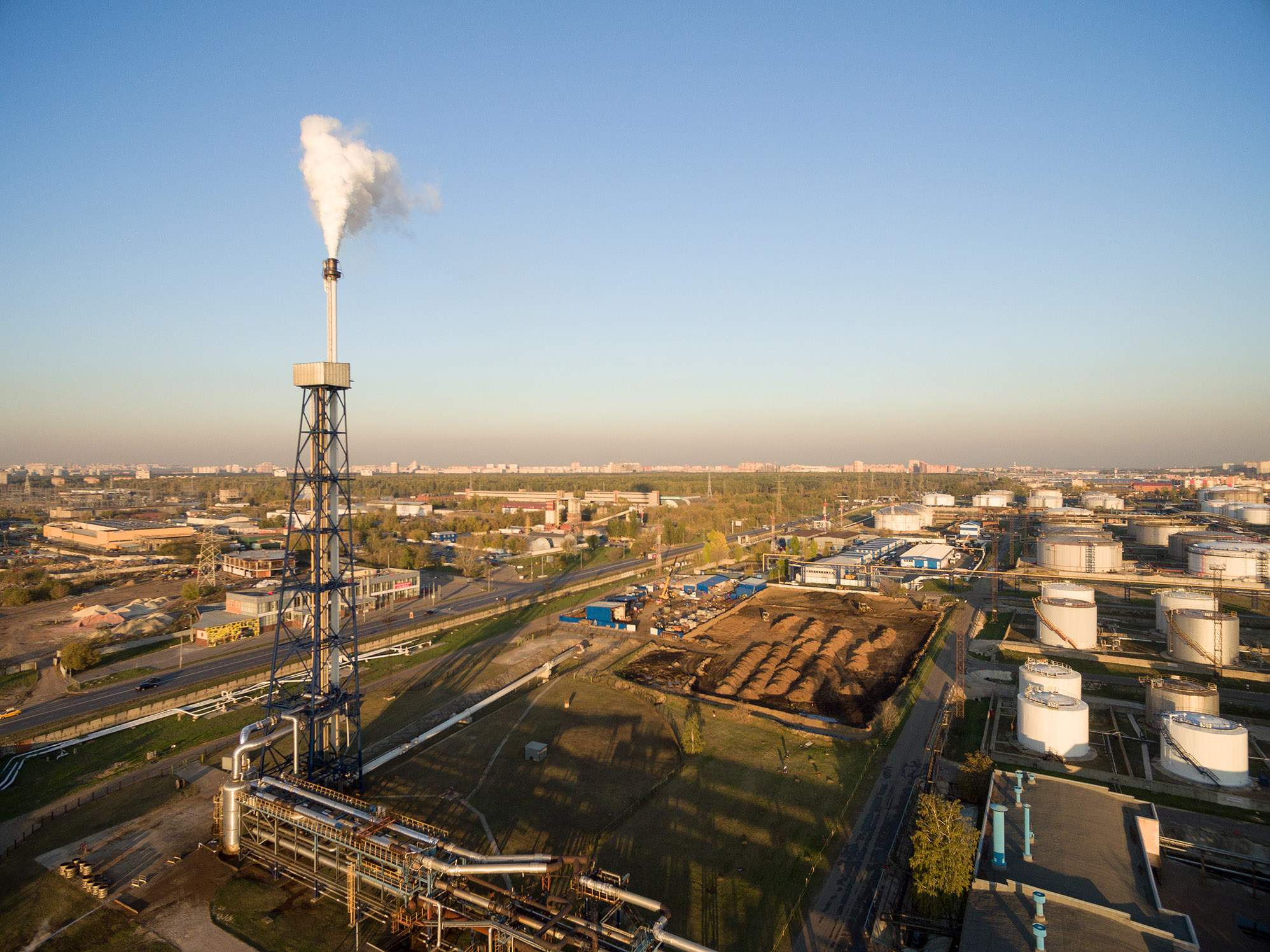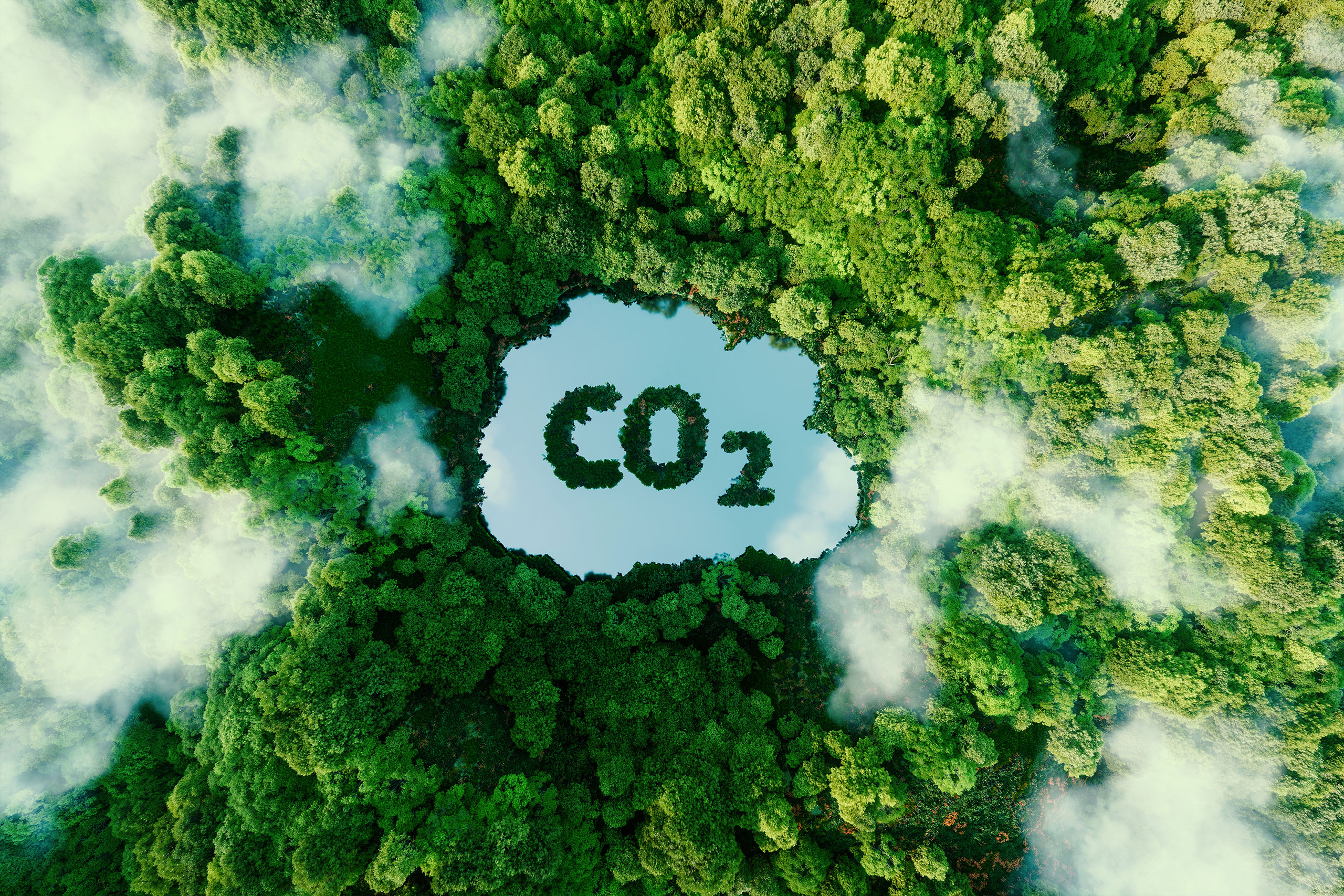Biogas is a mixture of methane, CO₂ and other gases produced by fermenting organic matter in an oxygen-free environment.
Biogas composition depends on the type of raw material and the production process.
Biomethane is produced by purification of biogas (CO₂ and other biogas components are removed) or gasification of solid biomass followed by methanisation.
Biogas and biomethane are a sustainable alternative to conventional gas and play a role in achieving clean energy targets.
- environmental protection, through the use of waste and its disposal from landfills;
- lower greenhouse gas emissions by converting naturally produced methane into widely usable fuels.
Use of agricultural and industrial waste
Reducing greenhouse gas emissions
Environmental protection
EUROPE - LEADER IN BIOGAS PRODUCTION
Europe is now the largest producer of biogas, and Germany has two-thirds of the biogas plant capacity in Europe. The preferred source of feedstock in Europe is energy crops, but there is growing interest in using agricultural residues and animal waste and capturing methane emissions from landfills.
Biogas composed of methane gas and carbon dioxide can be used in combined heat and power (CHP) plants, so it can be a renewable source for the simultaneous production of electricity and heat.
Biomethane can be used as an alternative to natural gas because of its similar properties. It can be used in homes (heating, cooking), but also for electricity generation and as a raw material in industry. Biomethane can be transported and stored using the existing infrastructure used for natural gas.
ROMANIAN BIOGAS/BIOMETHANE PRODUCTION POTENTIAL
Biogas can be produced using 4 types of feedstock:
Agricultural waste:
waste from harvesting crops such as wheat, maize, sugar beet, soya and other oilseeds.
Manure
from cattle, pigs, poultry and sheep.
Vegetable mass
(e.g. leaves and grass), but also waste such as paper and cardboard that are not used for composting or recycled. This category also includes waste from industrial food processing.
Waste water:
sewage gas from sewage treatment plants.
Romanian agriculture has experienced a strong development in recent years, both in the branch of crop plants and animal husbandry, which is why our country has important sources of raw material for obtaining biogas. Romanian agriculture is receptive to the European transition to organic production; agricultural practices specific to this mode of production include crop rotation, i.e. the use of species that are also raw material for biogas.
In April 2024The Financing Guidelines for investments in renewable energy production capacities, i.e. biogas from manure, have been put out for public consultation. The investment is made through the National Recovery and Resilience Plan, Component C3 - Waste Management and aims to develop infrastructure for the management of manure and other compostable agricultural waste.
The objective is the sustainable management of agricultural biowaste, especially from livestock activities, by increasing its recovery to reduce nitrate pollution and developing infrastructure for the management of manure and other compostable agricultural waste.
There are also private initiatives to development of biogas plants. EU policies and incentives are expected to increase EU biogas demand by 20% over the next decade.



